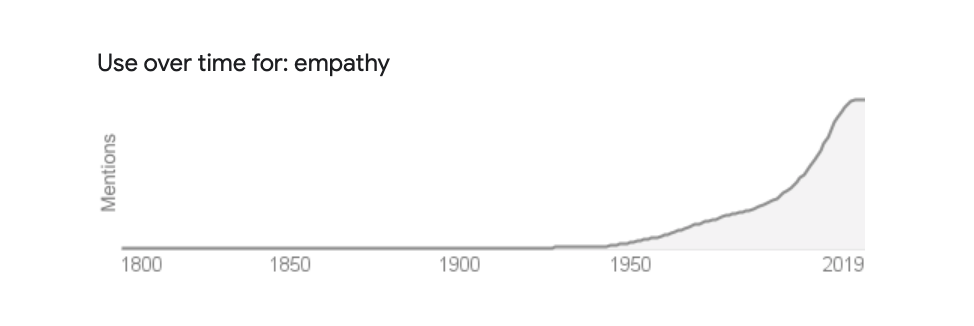Empathy in the Workplace: What is Leadership Empathy?
The last two years have put a spotlight on our personal lives. Screaming kids that are un-mutable on Zoom calls, roommates competing for a quiet space for a call, neighbor’s construction projects, doctor appointments, FedEx deliveries, and other normal parts of our daily lives that now intersect with our professional worlds.
Given the overlap of our personal and professional lives, we’ve learned more about the people we work with; our bosses, direct reports, and teammates. We’ve learned not just about the distractions in their home offices, but also about what’s important to them and their stressors. We’ve learned about the colleague who values work-life balance and the ability to walk her daughter home from school. We’ve learned about the boss with the sick parent.
As a result, there has been a collective call on leaders to be more empathetic. Empathy to understand the unique struggles and challenges of our colleagues. Empathy to gain a better perspective on individual perspectives and opinions. Leadership empathy and empathetic leadership have been common topics of “lunch and learn” sessions, manager training, and one-on-one executive coaching. Empathy has long been an important leadership competency, but now there an extra emphasis on building it within leaders.
Source: Google Books, 2022
For some, empathy comes naturally. They are able to “walk a mile in someone else’s shoes” and understand how changes in the workplace might impact their colleagues.
For others, the first step to developing empathy is to Google “what is empathy?” or “what is empathy at work?”
Before we shift to the benefits of empathy and the “how to”, let’s focus on what empathy is and what it’s not.
What is Leadership Empathy?
Empathy is “The ability to understand and share the feelings of another.” Many people equate empathy with sympathy, which is not the same. Sympathy is “feelings of pity and sorrow for someone else’s misfortunes.” Being empathetic doesn’t mean that we need to “feel bad” and wallow in others’ challenging situations. Rather, empathy requires each of us to have an understanding and appreciation for our colleagues’ situations and perspectives.
Empathy is not solely a competency for the workplace. Many parents preach the importance of empathy to their kids. Long before I entered the workforce, my mom would ask me to consider how my actions might impact my best friends Clyde, Billy, and Mark. That was empathy in action, but it wasn’t until later that I learned its importance in building connection and trust at work.
Common Misperceptions about Empathy at Work
There are a number of common misperceptions pertaining to demonstrating empathy at work. Below are several that come up when I train organizations about the importance of empathy in the workplace.
Misperception: Empathy shows weakness.
Reality: In fact, empathy shows you care about your colleagues and not just what they can do for you.
Misperception: Having empathy means you can’t give feedback to your team members.
Reality: Empathy builds connection and trust that creates permission to give constructive feedback (and have it be received).
Misperception: Empathy is complicated and takes a long time to demonstrate.
Reality: In fact, demonstrating empathy can be simple. Start by being present when your colleague shares details from their personal life or about stressors at work. Then, be curious to learn more. Doing so goes a long way to show that you care and understand their perspective.
Misperception: Empathy is only for managers and people who lead teams.
Reality: Empathy, like leadership in general, is a critical skill for all of us. Empathy shows you care about your colleagues while creating connection and trust. People leaders need to be empathetic with their teams. Sales people need to have empathy for the wants and needs of customers. Customer service reps need to have empathy for the concerns of customers. School principals need to have empathy for their teachers. Empathy really is a skill for all of us to adopt.
Next Steps
Now that you understand what empathy is and what it’s not, learn more about the benefits of empathy or skip to how to be more empathetic (Coming soon).
Want More Content Like This?
If you liked this post, be sure to buy a copy of The Savage Leader. You can also sign-up for The Savage Leader Newsletter to gain access to similar articles that will help you on your pursuit to becoming a great leader. The monthly email contains quick practical tips to help you become a better leader from the inside out. Join other Savage Leaders in your pursuit of greatness!



